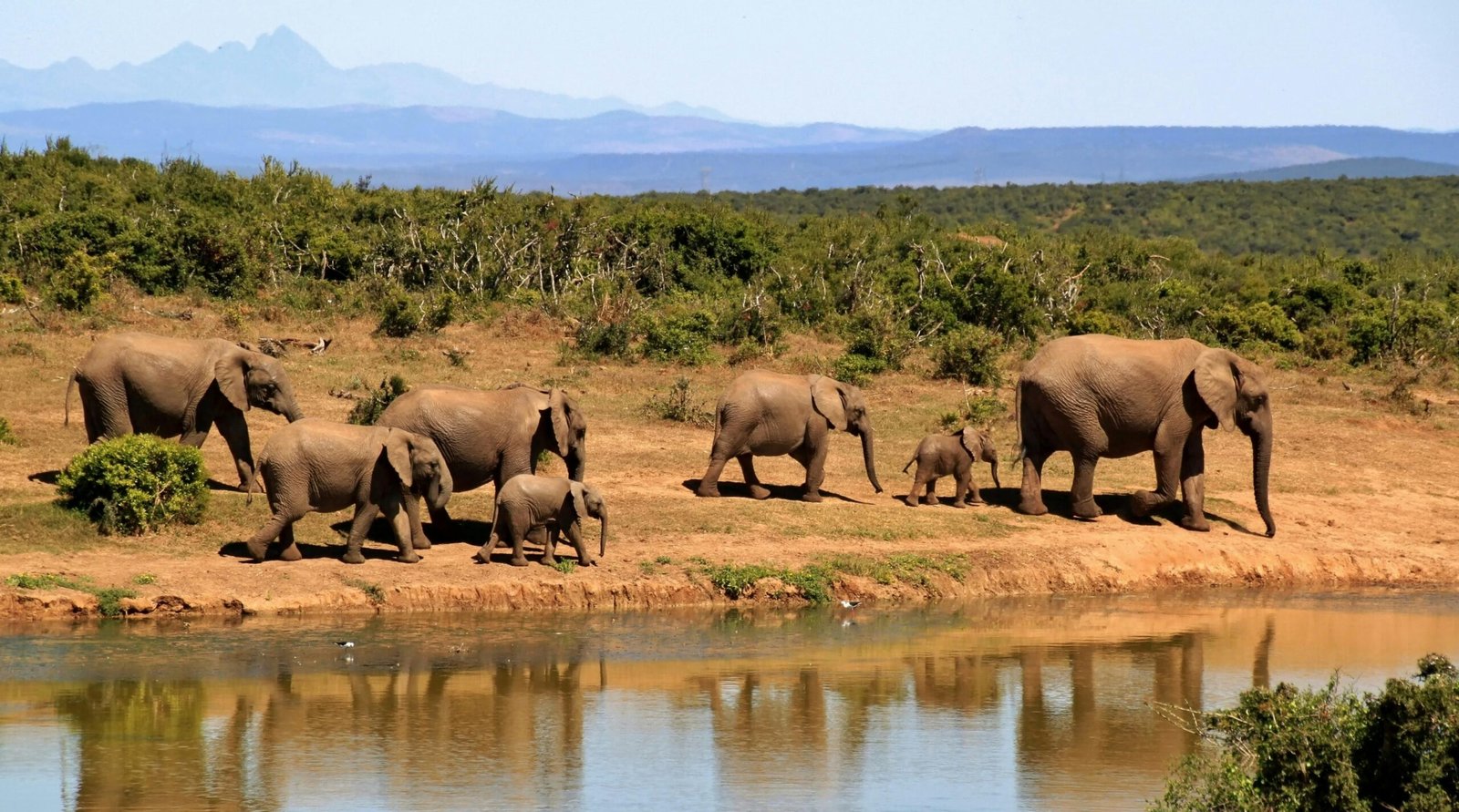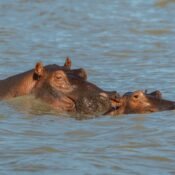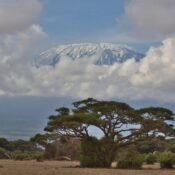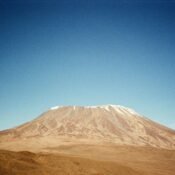
Exploring the Great Migration: Tanzania’s Spectacle of Wildlife
Every year, over two million wildebeest, zebras, and gazelles thunder across the Serengeti in a spectacular display of survival and instinct known as the Great Migration. This natural phenomenon is more than just a movement of animals—it’s an extraordinary journey driven by the rhythm of rain and the call of the wild. For travelers and wildlife enthusiasts, witnessing the Great Migration in Tanzania is a once-in-a-lifetime experience that captures the raw beauty and drama of Africa.
What Is the Great Migration?
The Great Migration is a continuous, circular journey of herbivores across the Serengeti-Mara ecosystem, which spans northern Tanzania and southern Kenya. Triggered by seasonal rainfall, the migration sees over 1.5 million wildebeest, 200,000 zebras, and 300,000 gazelles travel in search of fresh grazing and water.
The migration is not a single event but a year-round cycle. Although it’s famously associated with the dramatic river crossings, the migration involves a complex series of movements across different regions of the Serengeti and into Kenya’s Masai Mara.
Why Tanzania Is the Best Place to Witness the Migration
While the migration does cross into Kenya’s Masai Mara around July to September, Tanzania hosts the majority of the journey throughout the year. From the calving season in the south to the river crossings in the north, Tanzania provides unmatched access to different stages of the migration.
Key locations include:
- Ndutu and Southern Serengeti: Calving season (December to March)
- Central and Western Serengeti: Rutting and initial movement (April to June)
- Northern Serengeti (Kogatende/Lamai): Mara River crossings (July to October)
Month-by-Month Breakdown of the Great Migration in Tanzania
January to March – Calving Season in Ndutu and Southern Serengeti
This is when life begins for the migration. Around 500,000 calves are born over a 2–3 week period. The lush grasslands of the southern Serengeti and Ndutu region provide the perfect nursery. But this abundance of life also attracts predators—lions, cheetahs, and hyenas are everywhere, making it a thrilling time to witness the circle of life.
April to June – The Long March Northward
As the southern plains dry up, the herds begin their long journey northward through Seronera (Central Serengeti) and into the Western Corridor. This phase is known for dramatic weather, epic skies, and the Grumeti River crossings, where large crocodiles await.
July to October – The Mara River Crossings
Perhaps the most iconic scenes of the Great Migration occur in the Northern Serengeti, where wildebeest brave the Mara River, a treacherous waterway filled with strong currents and crocodiles. These crossings are chaotic, emotional, and awe-inspiring—millions of hooves thunder to the edge, hesitating before leaping into the water in mass panic. This is prime time for travelers wanting dramatic photography and intense action.
November to December – Return to the South
As the rains begin in the southern plains, the herds turn south, completing the cycle. The grasslands of Ndutu and southern Serengeti welcome back the herds, now larger, wearier, and preparing once again for calving.
Wildlife Beyond the Wildebeest
While the migration is the main event, the Serengeti ecosystem is a paradise for all wildlife lovers. On your journey, you can also encounter:
- The Big Five: Lion, leopard, elephant, buffalo, and rhino
- Cheetahs and hyenas: Commonly seen trailing the herds
- Birdlife: Over 500 species, including vultures, eagles, and ostriches
- Crocodiles: Especially in river crossing zones
The abundance of prey during the migration draws in predators, offering unparalleled opportunities to witness the interplay of survival in the wild.
How to Experience the Great Migration
- Choose the Right Time and Location
Understanding the migration route helps you choose the best time to visit. For example:
- Visit Ndutu in February for the calving season.
- Head to the Western Corridor in May–June for less crowded experiences.
- Book a Northern Serengeti safari in August–September for the Mara River drama.
- Book a Guided Safari
Local guides have a deep understanding of animal behavior and migration patterns. Opting for a guided safari ensures that you’re in the right place at the right time. Many safaris include luxury tented camps, giving you a front-row seat to the action. - Consider a Hot Air Balloon Safari
For a truly magical experience, take a hot air balloon ride over the Serengeti at sunrise. You’ll witness the vast herds from above—an unforgettable sight.
Conservation and the Future of the Migration
The Great Migration is not just a spectacle—it’s a delicate ecosystem. Conservation efforts in Tanzania focus on preserving the Serengeti National Park, controlling poaching, and working with local communities to reduce human-wildlife conflict. Sustainable tourism also plays a vital role in funding these efforts.
As climate patterns shift and human development expands, protecting migratory corridors is more important than ever. Supporting eco-conscious safari operators ensures that this natural wonder continues for future generations.
Final Thoughts
The Great Migration in Tanzania is a life-changing experience—a raw, untamed display of nature’s power, beauty, and rhythm. Whether you’re witnessing the birth of a new generation or the perils of a river crossing, every moment is filled with awe and emotion.
So if you’re dreaming of Africa, let Tanzania’s Serengeti be your destination. Here, the land still roars with the thunder of hooves, and the spirit of the wild beats strong.




